Production facilities represent an extensive group of enterprises that are united by the function of manufacturing products or providing services. Typically, such objects include factories and factories that produce material values - objects, things, raw materials, etc. But also in this category can be included enterprises in the sphere of trade. At the same time, industrial facilities can have many differences that relate to the management system, technological organization of activities, the form of economic support, etc.
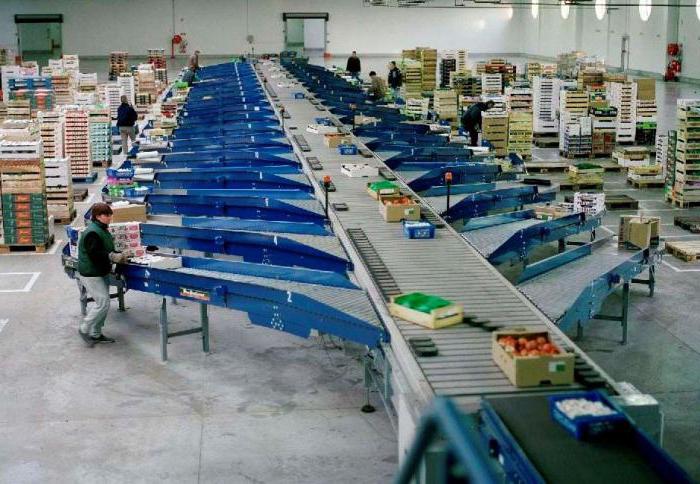
Production facility concept
Objects of industrial activity can be considered from different points of view - from the economic, from the functional, from the administrative and technological. Therefore, it is customary to define them as a complex system, which is a complex of structures for various purposes. The primary purpose is to manufacture products at facilities formed by the technical base. These are work areas in which equipment, conveyor lines and auxiliary equipment are provided. It is also common to define industrial facilities as infrastructural complexes, which include their own energy, hydro, gas supply systems, etc. The specific content of engineering and transport communications at production enterprises depends on the nature of their activities and the requirements for ensuring operational operations. That is, the functional content of the object in this case fades into the background, and the definition affects the nuances of technological equipment.
On-site production system
If we consider the concept of a production facility from an administrative and economic point of view, then the organizational system of the enterprise will be the main element of the definition. In accordance with the production and organizational system, functional, logistic and economic models of activity are being worked out. Based on the prepared models, schemes for the supply of raw materials, production control at the outlet, work shift plan, maintenance schedule, etc. are organized. In a broader sense, production facilities from the point of view of the organizational system can be presented as means of creating products with certain parameters - by quantitative, high-quality, functional criteria. The production system itself is characterized by such properties as flexibility, redundancy and adequacy, structural integrity, etc.
Characteristics of the production facility
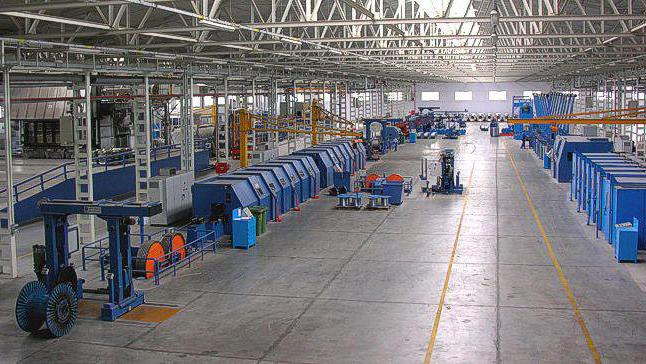
Production facilities can be characterized by power indicators, functionality, output volumes, etc. With regard to capacity, it is determined by the level and quality of technical support. In particular, one of the criteria may be the power potential of the equipment. In the field of mechanical engineering, industrial facilities, for example, are provided by machine tools for the manufacture of metal parts - the output speed, accuracy and processing complexity will depend on the power of this equipment.
Functionality can characterize objects in terms of the possibilities of working with different operations. Here we can mention the enterprises of the full and partial cycle. In the first case, the production process can provide, for example, the manufacture of parts from the stage of primary processing of raw materials to the release of ready-to-use goods.The characteristics of industrial and social facilities may vary in terms of approach to evaluating functionality. The provision of services based on the provision of services to a large extent depends on the level of infrastructure. If directly the production of products is characterized by the same volume of output, then, for example, in the field of medical care, such properties as the number of beds, the number of doctors of different specializations, and the range of diagnostic operations and procedures provided will play a role.
The difference between production and non-production facilities
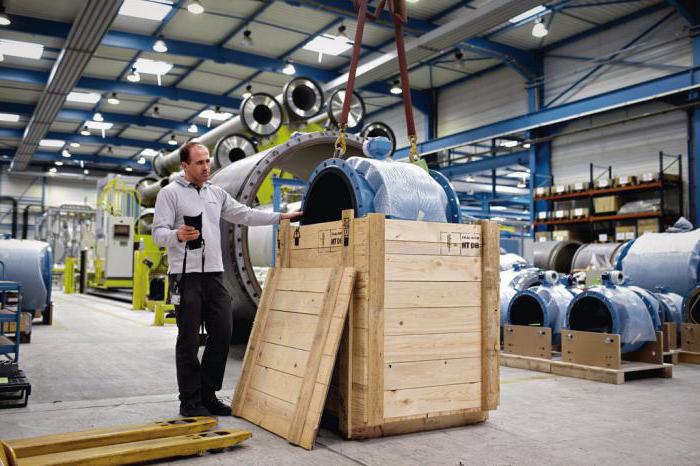
Between objects of production and non-production purposes, it is possible to draw borders on several parameters. For example, directly production assets are based on technical means, due to which the conditions for the manufacture of certain products are created. Moreover, industrial facilities in most cases are oriented towards profit.
As for non-productive assets, they are intended for maintenance. These may be services provided in the same field of healthcare, public utilities, education and culture. And unlike enterprises for the manufacture of material products, they most often do not make a profit or work at the level of no loss. But there are also aspects of activity that combine housing, civil and industrial facilities in different areas. Similar features include the involvement of equipment, technical tools and equipment. For example, employees of organizations engaged in the maintenance of tasks and structures can use the same equipment as the workers in production enterprises.
Design of production facilities
Development of a design solution is based on the source data. These data are obtained as a result of the analysis of economic, economic and technical design models of the enterprise. At the first stage, a list is compiled indicating the technological processes that, in principle, the object will have to carry out. It can be processing operations (mechanical, thermal, laser), compression, deformation, assembly, and others. Next, requirements are drawn up for equipment that will implement these operations, after which a map of their placement is formed. At the same stage, documents with technical parameters and layout of buildings and structures should be ready. In accordance with the regulations, an object of capital construction for industrial purposes must meet not only the requirements for the placement of equipment, but also meet optimal working conditions. Of considerable importance in this regard is the engineering support of the facility. The project describes the requirements and recommendations for the characteristics of ventilation systems, lighting, sewerage, dust extraction and other devices that will create the conditions for an effective, comfortable and safe conduct of work events.
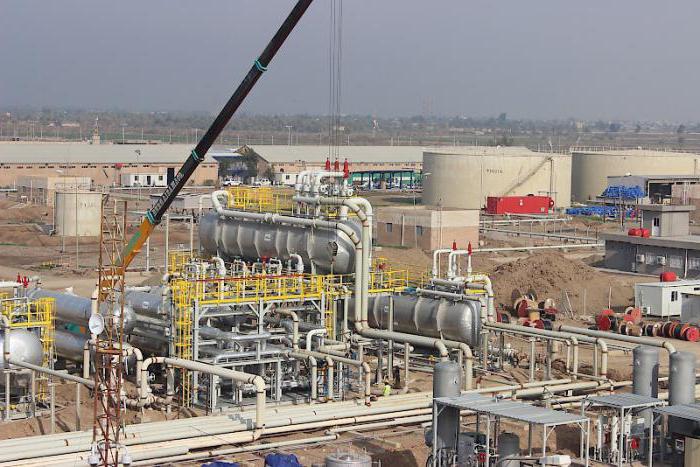
Construction of production facilities
Construction activities are carried out in several stages. Work begins with the foundation device. Again, the industrial complex may include several buildings and structures, for each of which a different type of foundation “pillow” is selected - columnar, strip or monolithic. Then insulation work is carried out. Already at this stage, the specifics of technological operations should be taken into account. If construction facilities for industrial purposes will be used for thermal operations, work with potent chemicals or experience increased physical exertion, special requirements may apply to insulation.At a minimum, it should protect the structure from moisture and cold.
At the next stage, a frame is constructed. It can be formed by a conventional flooring and wall masonry device. Modern possibilities for the construction of industrial facilities make it possible to erect modular prefabricated structures as soon as possible. But they are more often used for auxiliary processes and operations - for example, for storage and preparation of materials for use on the conveyor. After the construction of the main structure, work is underway on the installation of the facade and the roof structure. At the final stage, the planning of internal premises and the installation of equipment with engineering systems are carried out.
Life Classification
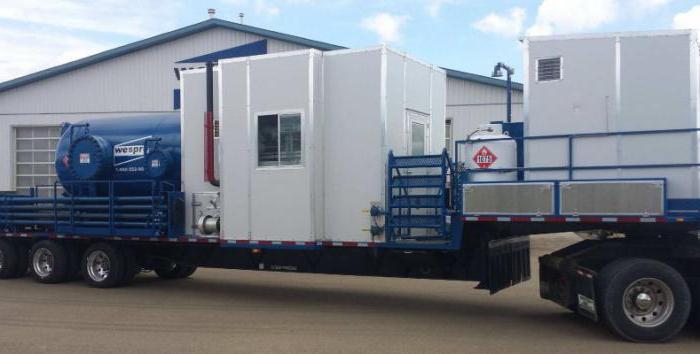
There are temporary and permanent production facilities. As for temporary objects, seasonal or mobile complexes that operate at certain intervals can be attributed to them. Such structures are characterized by mobility, functionality and low power potential. Also temporary buildings include stationary capital buildings in which the production model is changing. That is, at the capacities of the same enterprise in different periods a new nomenclature is established. Sometimes, technical equipment is completely updated to change the production system. Permanent production facilities, the classification of which implies the separation of full and incomplete cycle enterprises, is characterized by the presence of a capital construction base. These are reliable constructions oriented to a long service life with a certain nomenclature. And if temporary facilities, as a rule, provide for the implementation of production in the partial cycle mode, then permanent buildings can also carry out a full cycle of operations due to the higher capacity potential.
Classification by field of activity
In each branch of human economic activity, certain industries are represented. The main list of industrial facilities in accordance with this classification can be represented as follows:
- Metallurgical enterprises.
- Woodworking and furniture plants.
- Pulp and paper industry.
- Glass and porcelain factories.
- Objects of textile production.
- Machine and machine-building plants.
- Production of building materials.
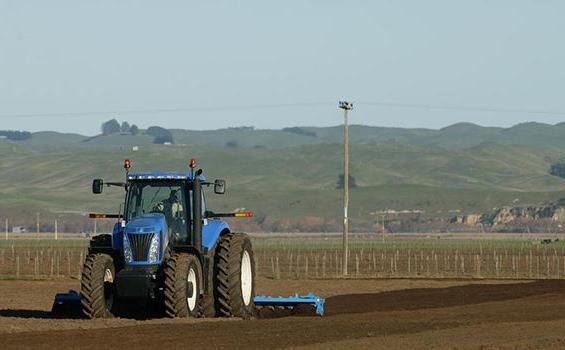
In a separate order, agricultural production lines can be considered. In this area, cattle breeding, plant growing, beekeeping, mushroom growing, etc. are distinguished. In each region, special production facilities are used, the classification of which will presuppose a division by technical and construction solutions and the nature of operation. As elements of the infrastructure of agricultural production, farms, storage facilities, silos, greenhouses, ponds, pastures, forests, etc. can be used.
Hazardous production facilities
Such facilities include enterprises whose work involves high risks of accidents. Also, this group includes industries whose activities are associated with the processing of chemically hazardous substances, oxidizing solutions and mixtures, explosive and flammable materials. That is, these are objects, the consequences of accidents on which can cause great harm to material property and human health. In extreme cases, we can talk about the risks of environmental disaster. To minimize such threats allows the systematic appointment of those responsible for a hazardous production facility and certain areas of its operation.Typically, the main responsibility lies with the chief engineer, who, in particular, is responsible for the safety of the operation of the enterprise, communications management, content of raw materials, etc. An electrician is responsible for the electrical supply, including fire alarms, and the technical condition of the equipment is checked by the chief mechanic. Together, this coverage of the various components of the infrastructure support of the enterprise allows minimizing the risks of serious accidents, as well as increasing the main production indicators.
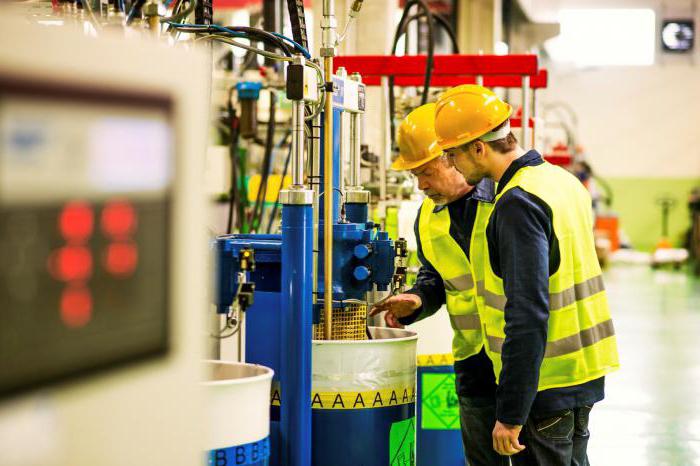
Conclusion
The manufacturing sector is quite extensive and diverse. A huge range of products presented on the market in different segments, in a considerable proportion, is produced by enterprises with an individual scheme of organization of activities. Of course, there are typical approaches to project development, although in each case there will be special factors that correct the technical solution. Partly in this regard, one can note the similarity of production and non-production facilities, the design and operation of which can be affected by the same external and internal factors. Among them may be climatic conditions, the quality of the technical content of the equipment and apparatus used, sanitary and hygienic factors, etc. But, again, the final product in production differs from the services that non-production organizations provide - it also determines the differences in technical and operational aspects of the activities of enterprises of two types.